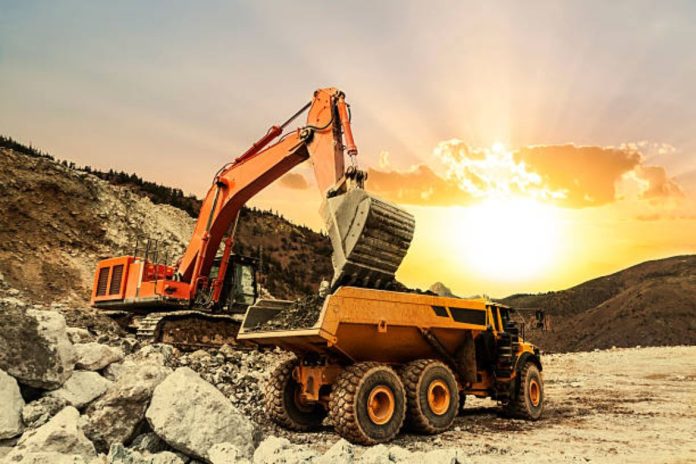Front loader trucks are essential in waste management, particularly for commercial and industrial waste collection. Their unique design allows for efficient, high-capacity waste collection and transport, making them ideal for large-volume areas like shopping centers, office buildings, and industrial complexes.
Key Features of Front Loader Trucks
Front loader garbage trucks are characterized by their lifting mechanism, designed to pick up and empty large, heavy-duty waste containers. Here are some defining aspects:
- Front Forks: These trucks have hydraulically powered forks at the front, which lift waste containers over the truck cab to deposit waste into the storage area. Operators control the forks from inside the cab, making the process fast and efficient.
- High-Capacity Storage: Front loaders are built with large storage compartments, allowing them to carry substantial amounts of waste. This capacity reduces the need for frequent trips, saving fuel and time.
- Compactor Mechanism: After waste is deposited, an onboard compactor compresses it. This maximizes the truck’s storage space, enabling it to collect more waste before needing to empty it at a landfill or transfer station.
How Front Loader Trucks Operate
The operation of a front loader garbage truck involves several straightforward steps:
- Positioning: The truck approaches the waste container and positions its forks on either side of the container.
- Lifting: Using hydraulic controls, the operator raises the forks, lifting the container over the cab of the truck.
- Dumping: The container is tilted, allowing waste to fall into the truck’s storage compartment.
- Compacting: Once the waste is inside, the compactor mechanism compresses it to make room for more waste.
- Repeating the Process: The truck continues this process until it reaches capacity, then transports the waste to a disposal site.
Advantages of Front Loader Garbage Trucks
Front loader trucks are popular for several reasons:
- Efficiency: The lifting mechanism and high capacity allow for quick and efficient waste collection. Fewer trips are needed to empty the truck, which reduces operational time.
- Labor Savings: Since the truck handles the lifting and dumping, there’s no need for additional personnel to load waste manually.
- Safety: The design keeps operators inside the cab during the waste-loading process, reducing the risk of injury.
- Environmental Benefits: With fewer trips required, these trucks save fuel, reducing emissions.
Limitations of Front Loader Garbage Trucks
Despite their advantages, front loaders have some limitations:
- Limited Residential Use: These trucks are generally too large and heavy for residential streets, which makes them less suitable for household waste collection.
- Container Requirements: Front loaders require compatible containers with reinforced lifting points for the forks. Not all waste bins meet these specifications.
- Cost: The trucks and compatible containers are costly to purchase and maintain, which can be a barrier for smaller waste management services.
Applications of Front Loader Garbage Trucks
Front loader garbage trucks are used primarily in:
- Commercial Waste Collection: They are ideal for businesses, offices, and restaurants where large volumes of waste are generated.
- Industrial Facilities: These trucks handle heavy, bulky waste from factories and warehouses efficiently.
- Construction Sites: Front loaders can manage debris and materials from construction sites, which often produce large waste volumes.
Conclusion
Front loader trucks play a vital role in modern waste management. With their high capacity, efficient operation, and labor-saving design, they are particularly valuable for commercial and industrial waste collection. However, they’re best suited to larger spaces and specific container types. Understanding their operation, advantages, and limitations helps waste management companies determine the best truck types for their specific needs.








